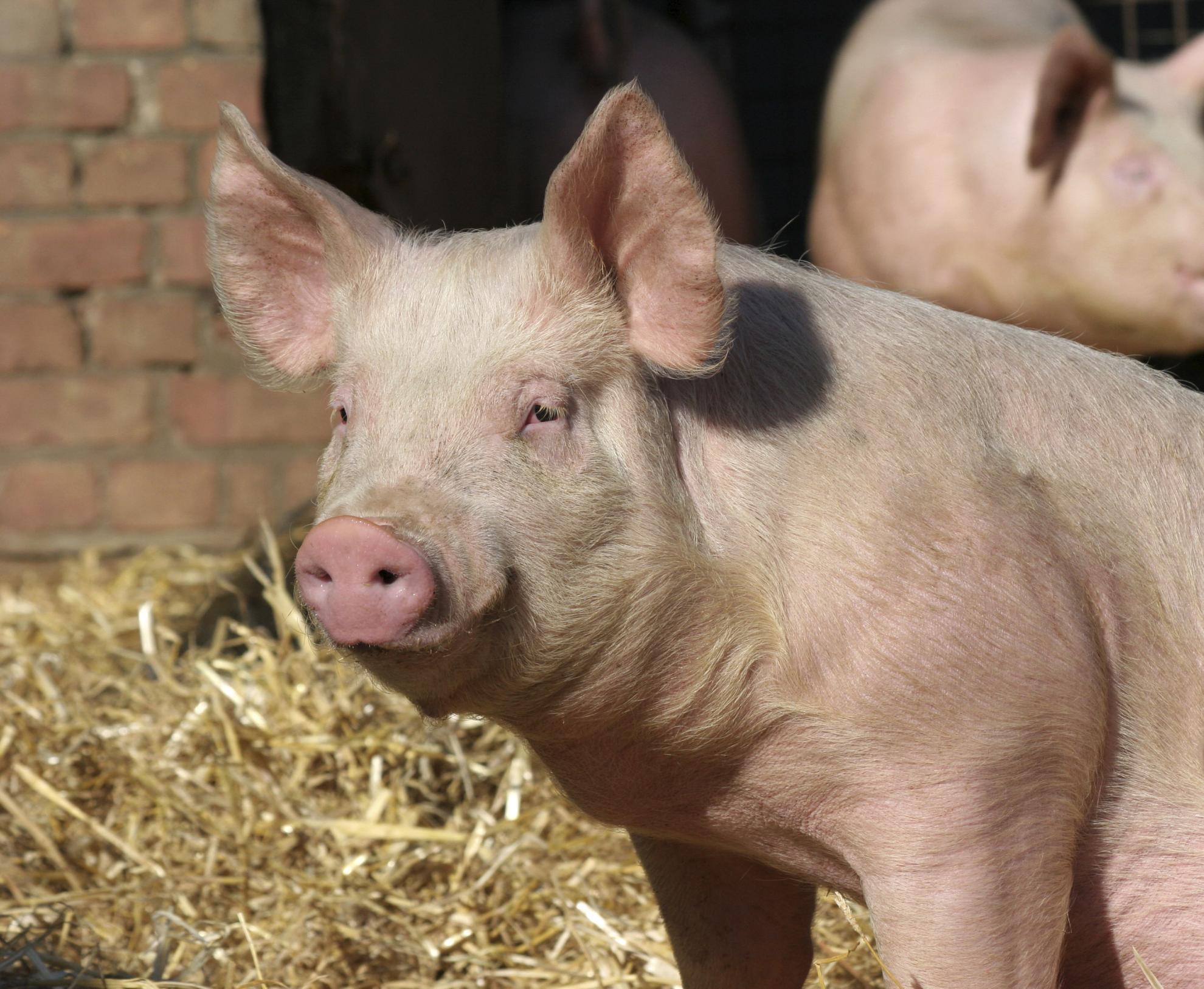Scientists have shown for the first time that two different strains of the H3N8 influenza A virus (IAV) are able to infect and replicate in pigs; one isolated from seals and an avian strain circulating in poultry in the US. The study, which was led by Pirbright’s Dr Maria Montoya, also revealed that the standard Haemagglutination Inhibition test (HAI) used to detect flu in livestock and a vital tool for flu surveillance, was ineffective for the H3N8 strain in porcine hosts.
Avian influenza A viruses have gained increasing attention due to their ability to cross the species barrier and cause severe disease in humans and other mammalian species such as pigs. H3 viruses, in particular H3N8, are highly adaptive since they are found in multiple avian and mammal hosts. Whilst human cases have not yet been found, the strain is known to be able to infect humans following an early study in the 1950s.
With humans being more closely related to pigs than other livestock carriers of the virus, concern arises when avian strains come together and reassort with pig strains to create a highly pathogenic virus that is more readily able to infect humans. If H3N8 is able to cross the species barrier and circulate undetected in pigs, then the chance of it coming together with circulating strains of avian influenza A viruses are increased.
“It has been shown that the H1N1 strain that caused the 2009 flu pandemic had been previously circulating in the pig population,” explains Dr Montoya. “With H3N8 acting as a sneaky virus in pigs and able to go undetected through standard testing, then it is not difficult to imagine that it could be a candidate for future outbreaks.”
The research, which was published in the open access Journal of Virology, was carried out to gain insight into the possibility of H3N8 influenza A viruses from different hosts to cross the species barrier. In vitro experiments along with an experimental infection in pigs were carried out with four H3N8 viruses from different origins; equine, canine, avian and seal. Whilst the equine and canine viruses showed little replication capability in pigs, the avian and seal viruses replicated substantially.
“Our study demonstrates that not only does H3N8 influenza A virus from seals and wild aquatic birds have the potential to cross the species barrier and establish successful infections in pigs, it might also spread unnoticed with HAI being the favoured diagnostic tool for this virus,” said Dr Montoya.
All the virus strains used in the study were sequenced to look for mutations that have previously been reported as mammalian adaption signatures. However, the mutations found were unknown and further studies would be needed to demonstrate whether these new mutations might have a role in enabling mammalian infection.
